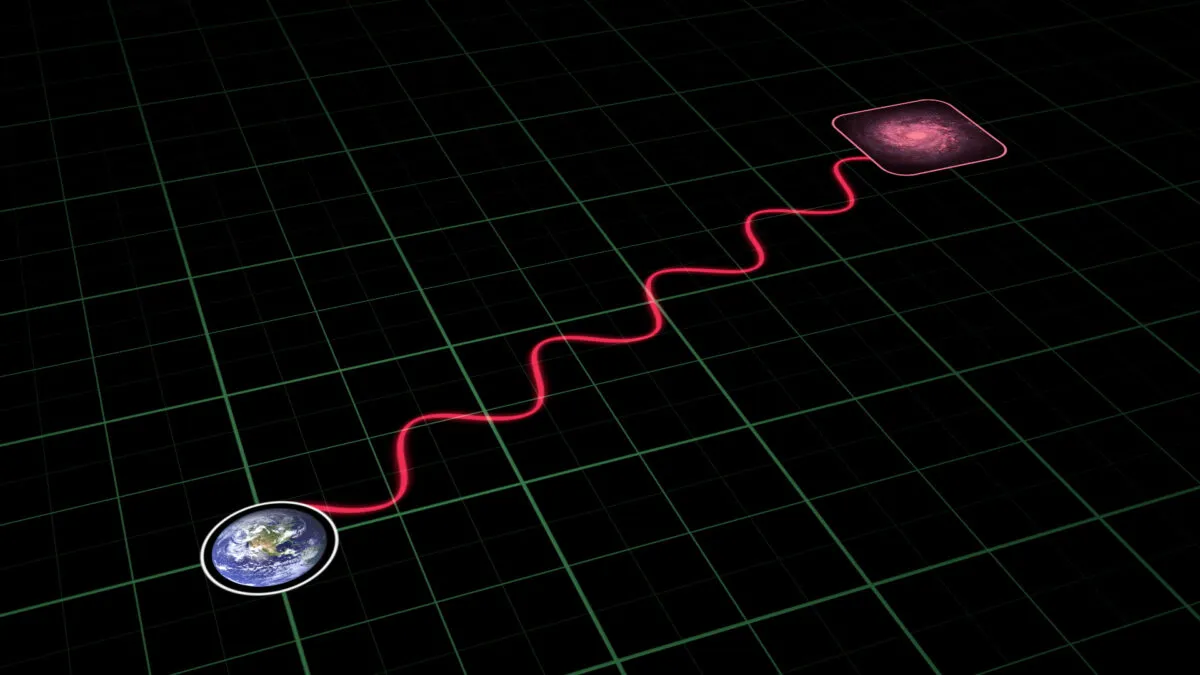Astronomers have finally succeeded in mapping the Cosmic Web, the network of gas that stretches between galaxies, for the first time.
Streams of gas thread through the cosmos, feeding into galaxies like rivers flowing into an ocean.
These connect together to form the Cosmic Web.
Until now, astronomers have only be able to glimpse the Web when a nearby quasar illuminates the gas.
However, this left the thin filaments between galaxies in the dark.
A more complete map would allow astronomers to better understand how galaxies form.
It also helps track the cosmic distribution of dark matter – which makes up 85 per cent of all matter in the Universe.
“The Cosmic Web delineates the architecture of our universe,” says Martin “It’s where most of the normal, or baryonic, matter in our galaxy resides and directly traces the location of dark matter.”

Mapping the Cosmic Web
A team of astronomers from Caltech tracked these faint streams using the Keck Observatory on Mauna Kea in Hawai’i.
“Before this latest finding, we saw the filamentary structures under the equivalent of a lamppost,” says Christopher Martin, who led the study. “Now we can see them without a lamp.”
The team used the Keck Cosmic Web Imager (KCWI). This could pick out a specific wavelength of light made by hydrogen within the streams called the Lyman alpha line.
For distant galaxies, this line will have been redshifted. The expansion of the Universe will have stretched the light's wavelength, making it redder.
The team used Keck to take thousands of spectra, which captured light across a range of wavelengths. This allowed them to find the Lyman alpha signatures at a variety of different redshifts.

“We are basically creating a 3D map of the cosmic web,” says Martin. “We take spectra for every point in an image at range of wavelengths, and the wavelengths translate to distance.”
The observations were only possible now thanks to the addition of the Keck Cosmic Reionisation Mapper, which can see to even longer, redder wavelengths.
“With KCRM, the newly deployed red channel of KCWI, we can see even farther into the past,” says senior instrument scientist Mateusz Matuszewski. “We are very excited about what this new tool will help us learn about the more distant filaments and the era when the first stars and black holes formed.”

